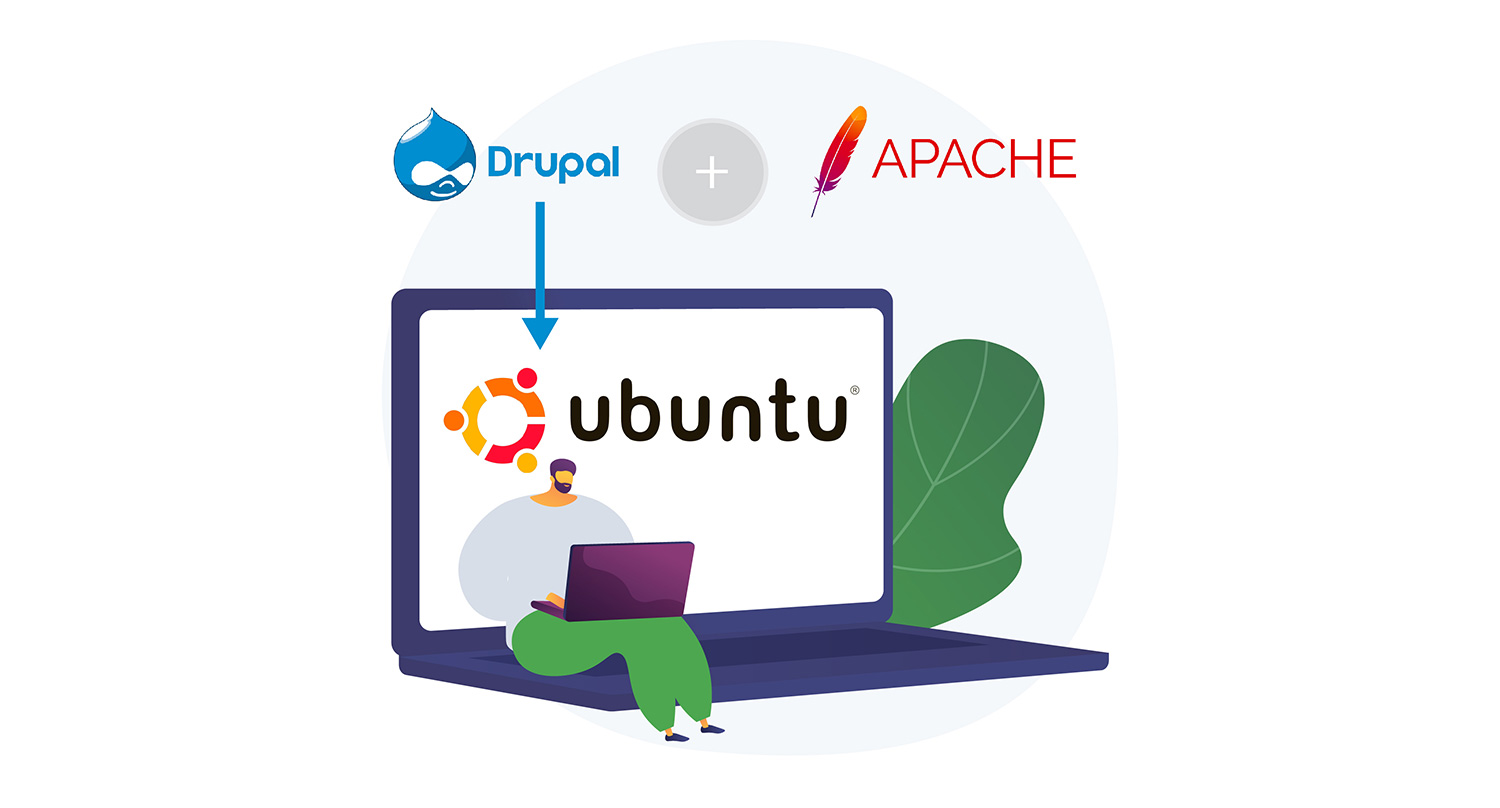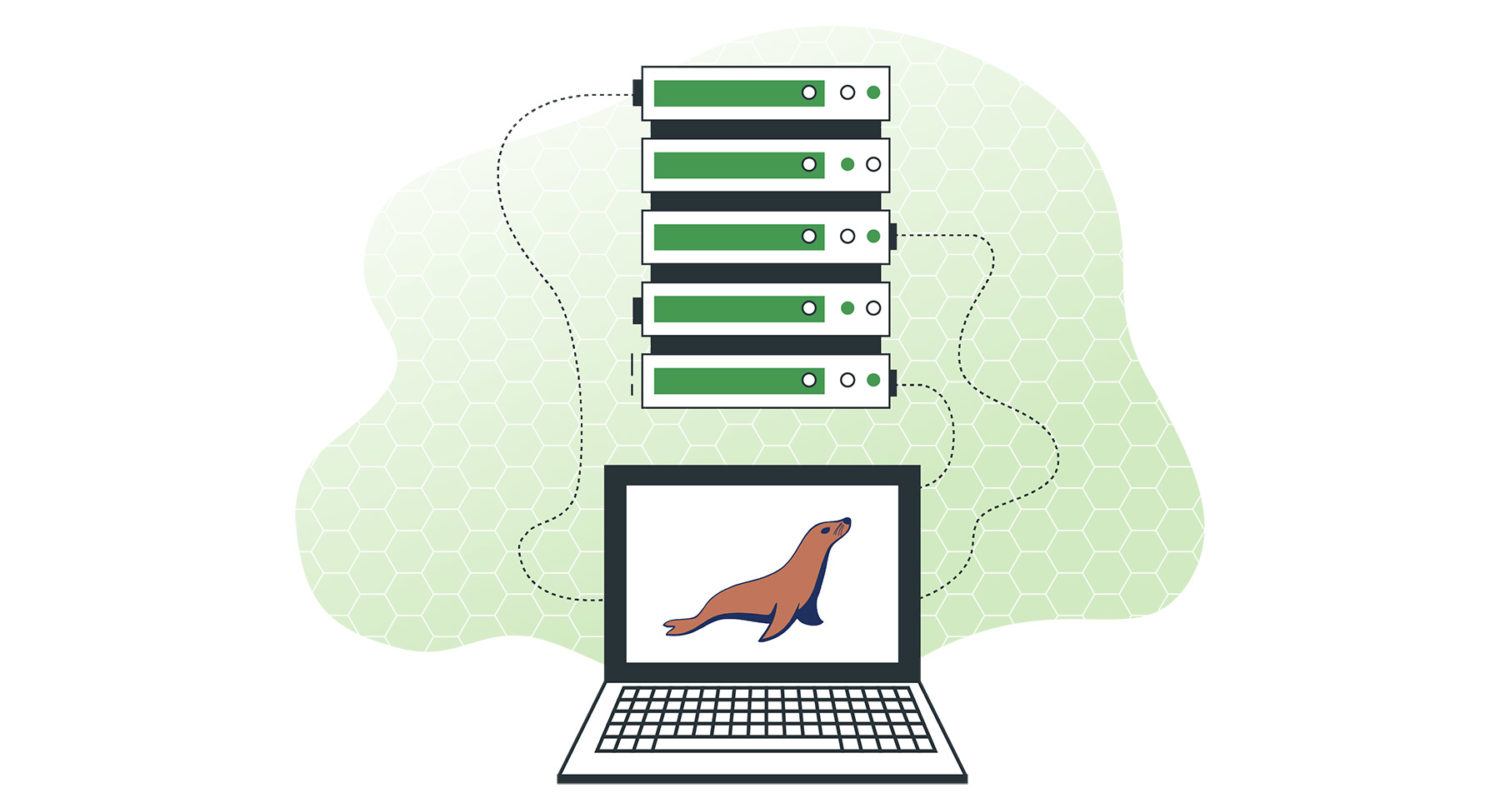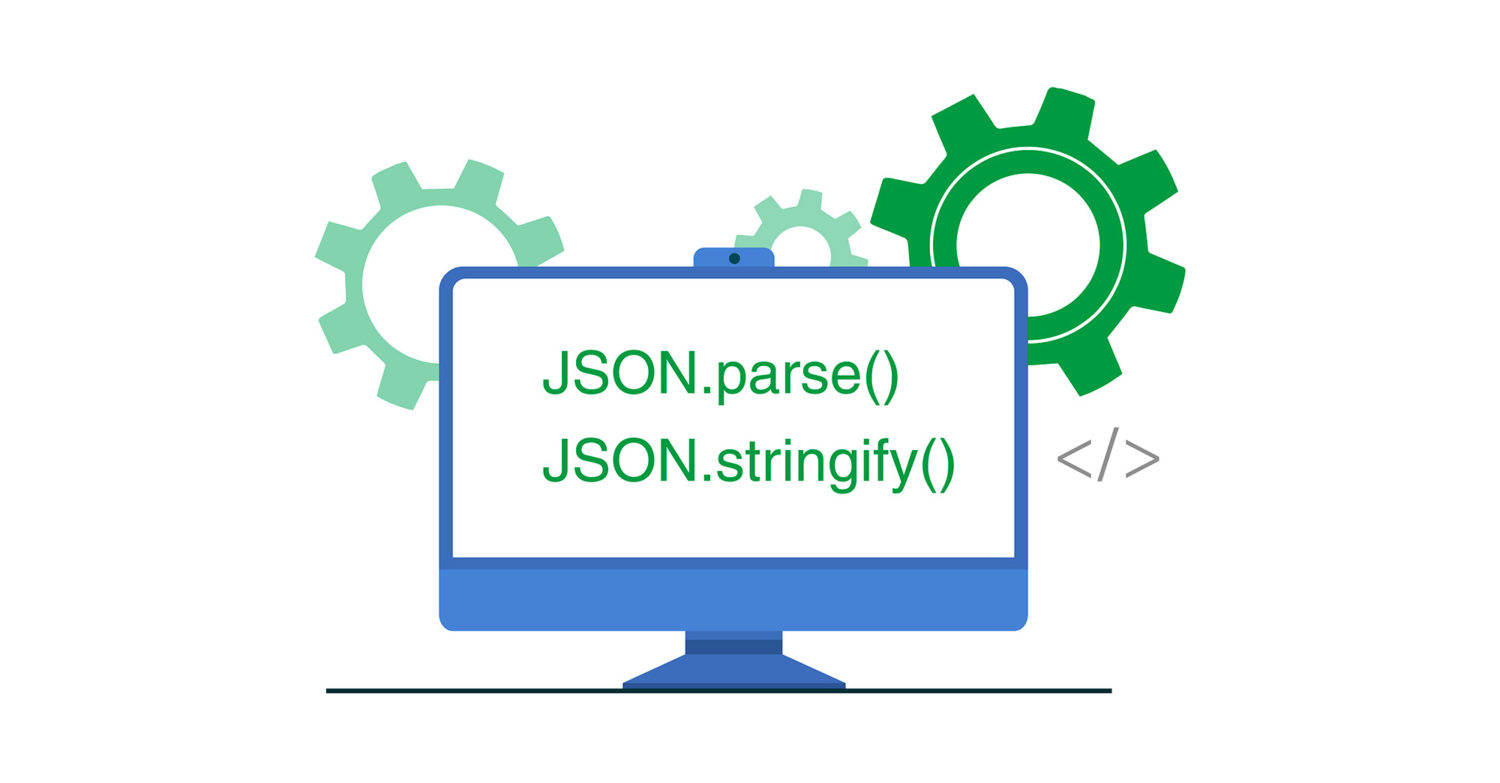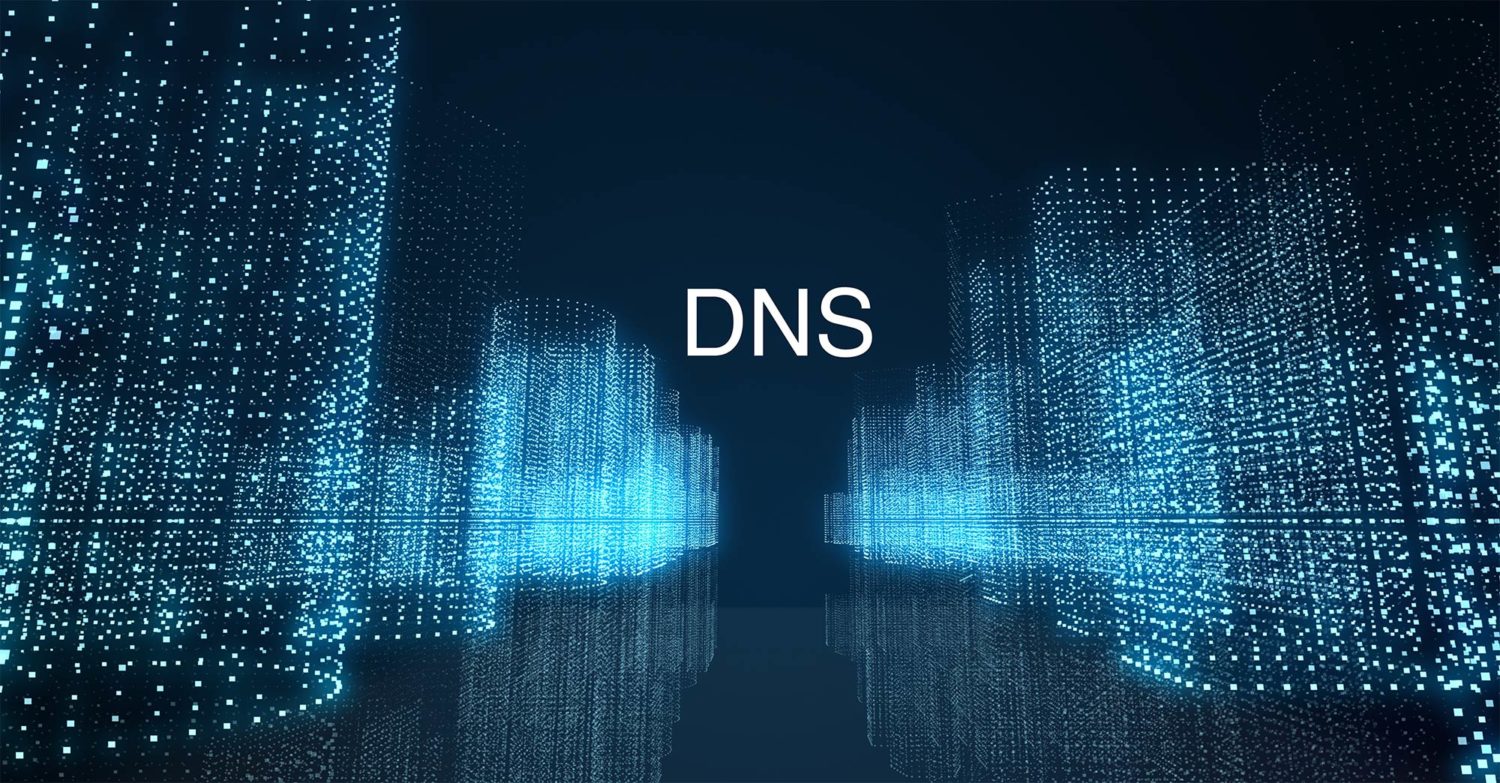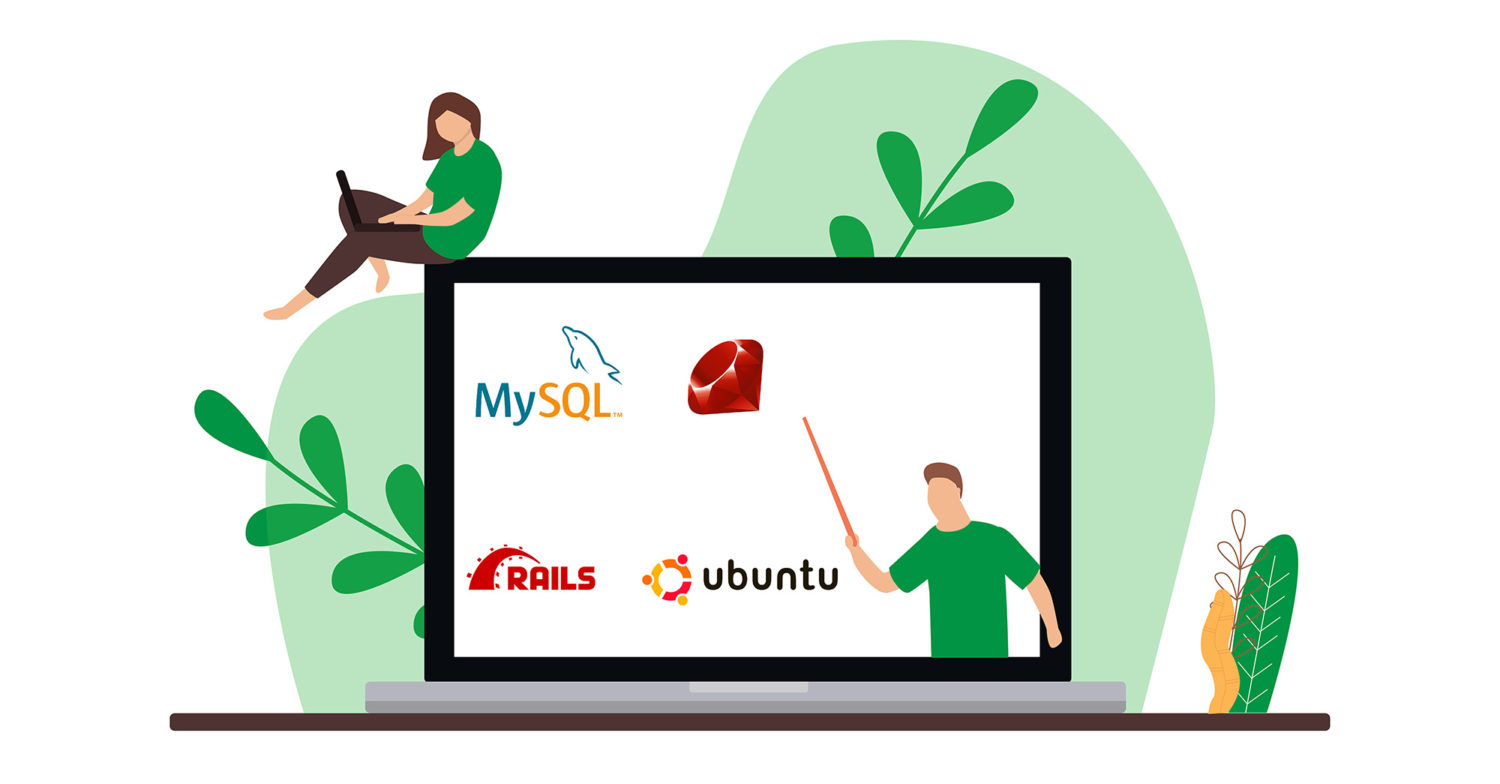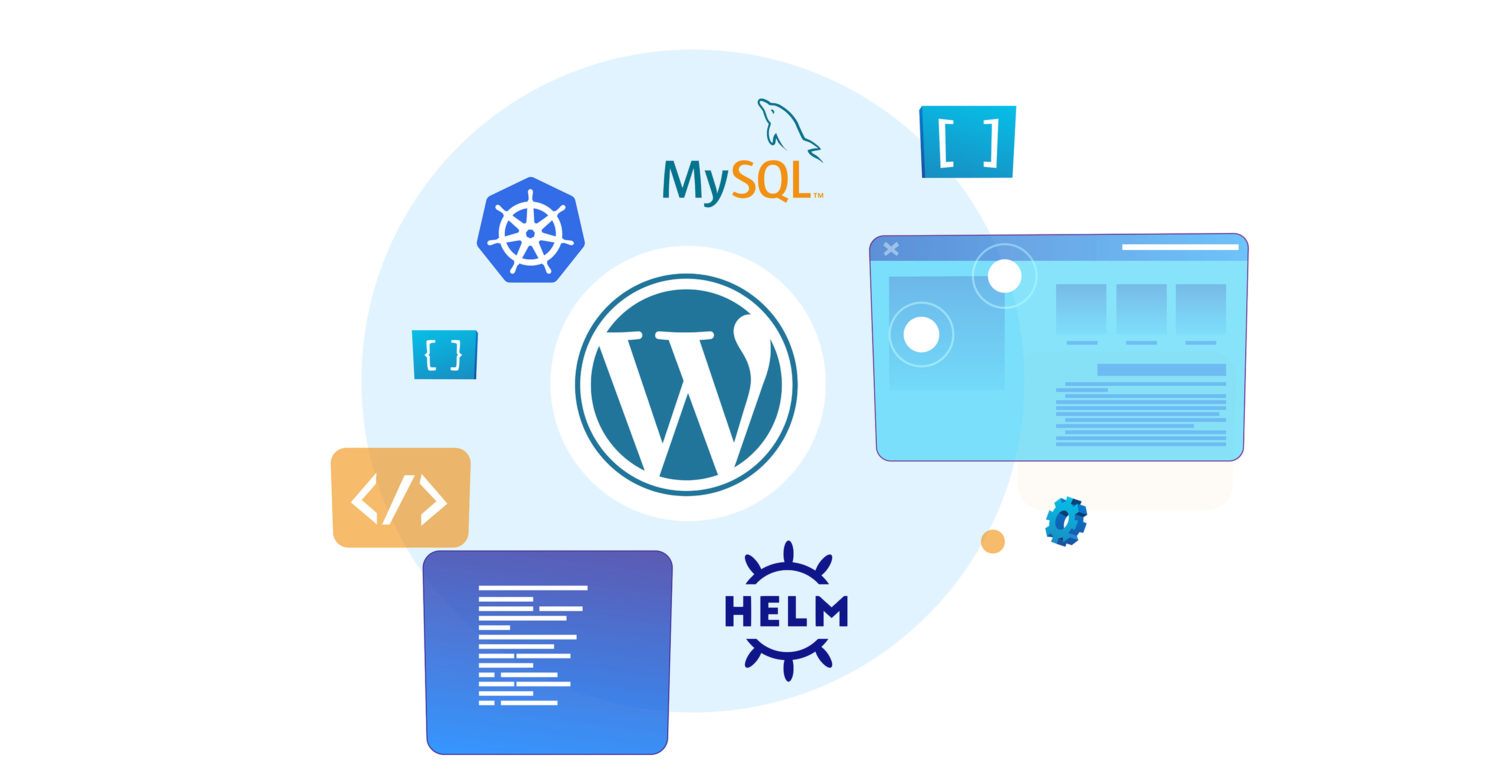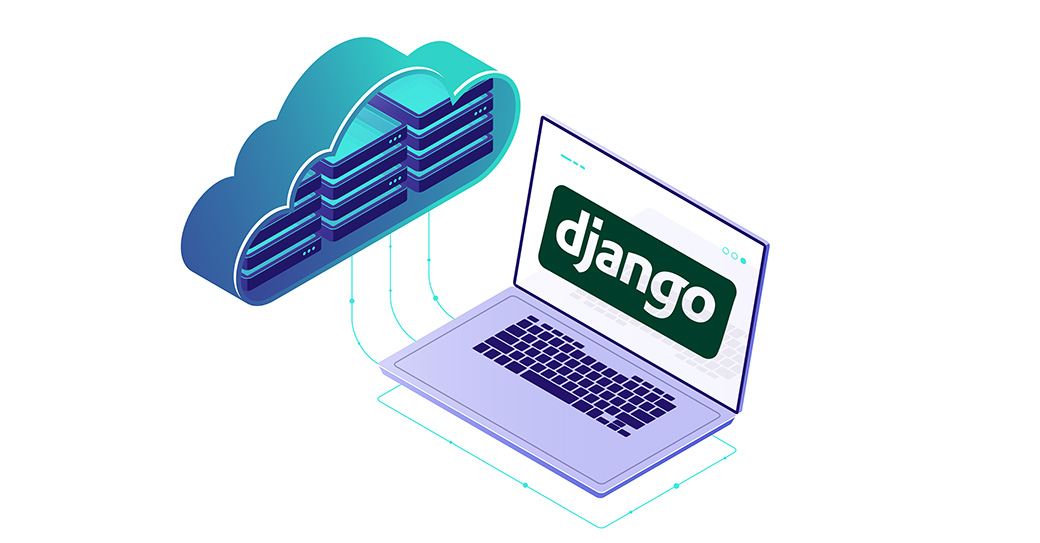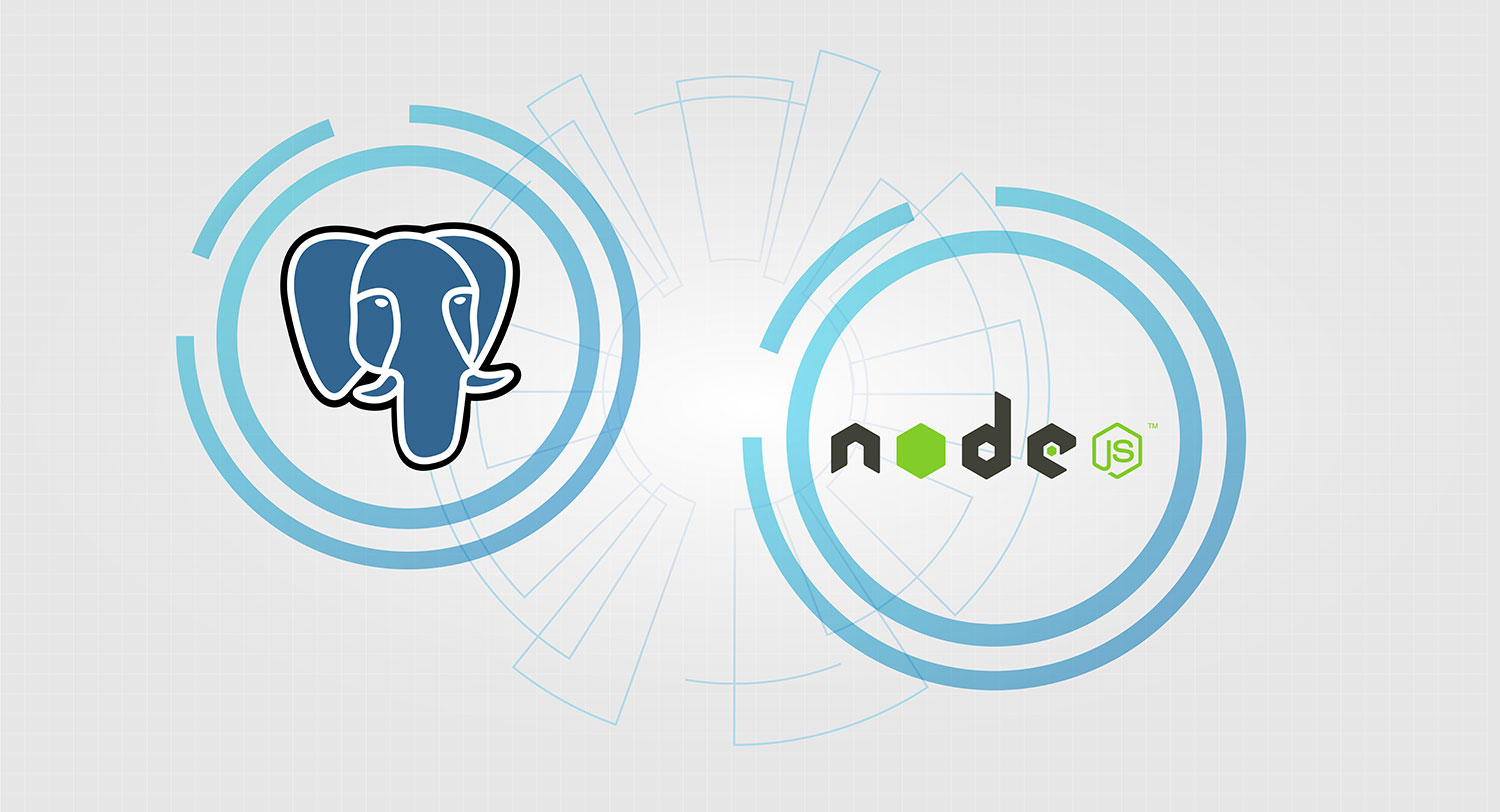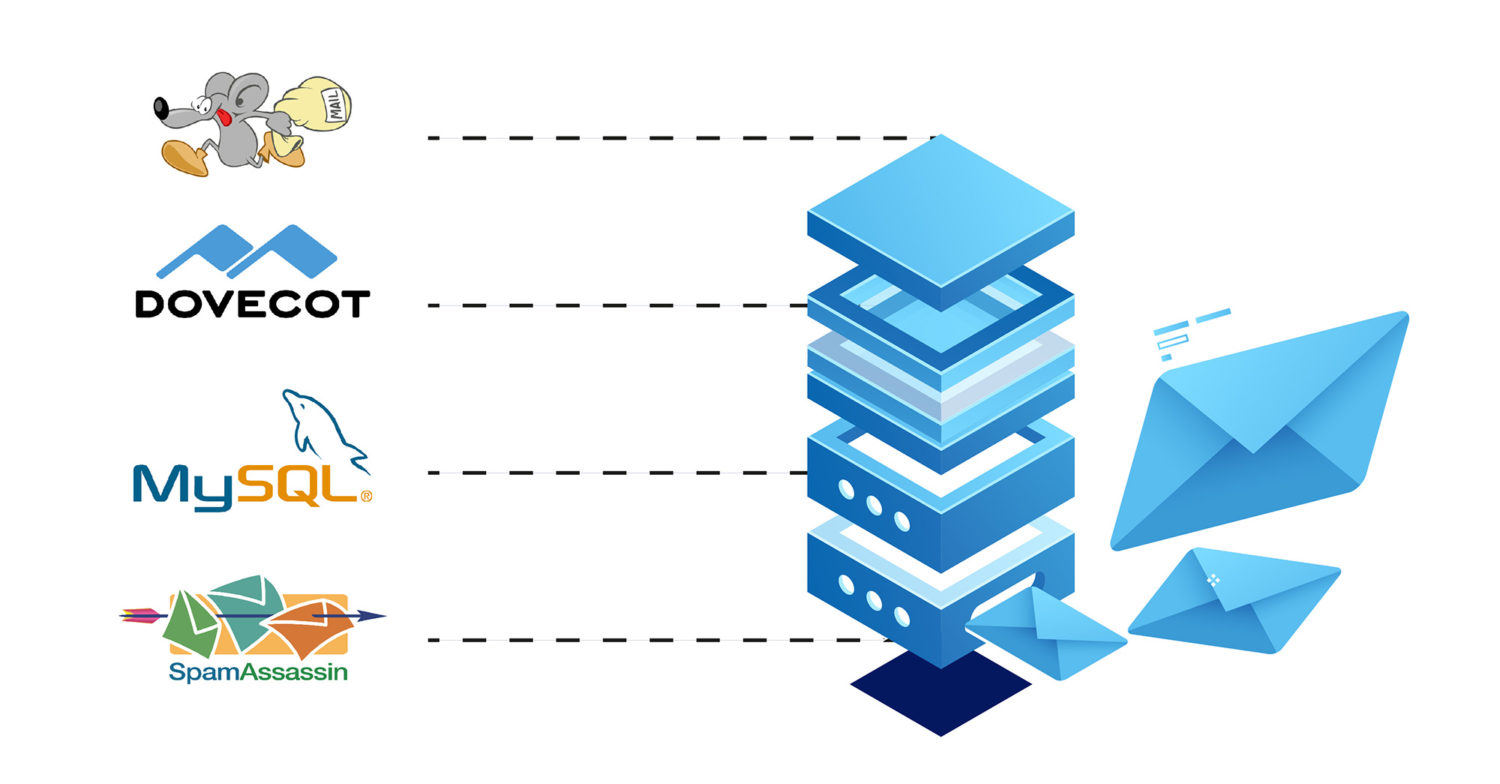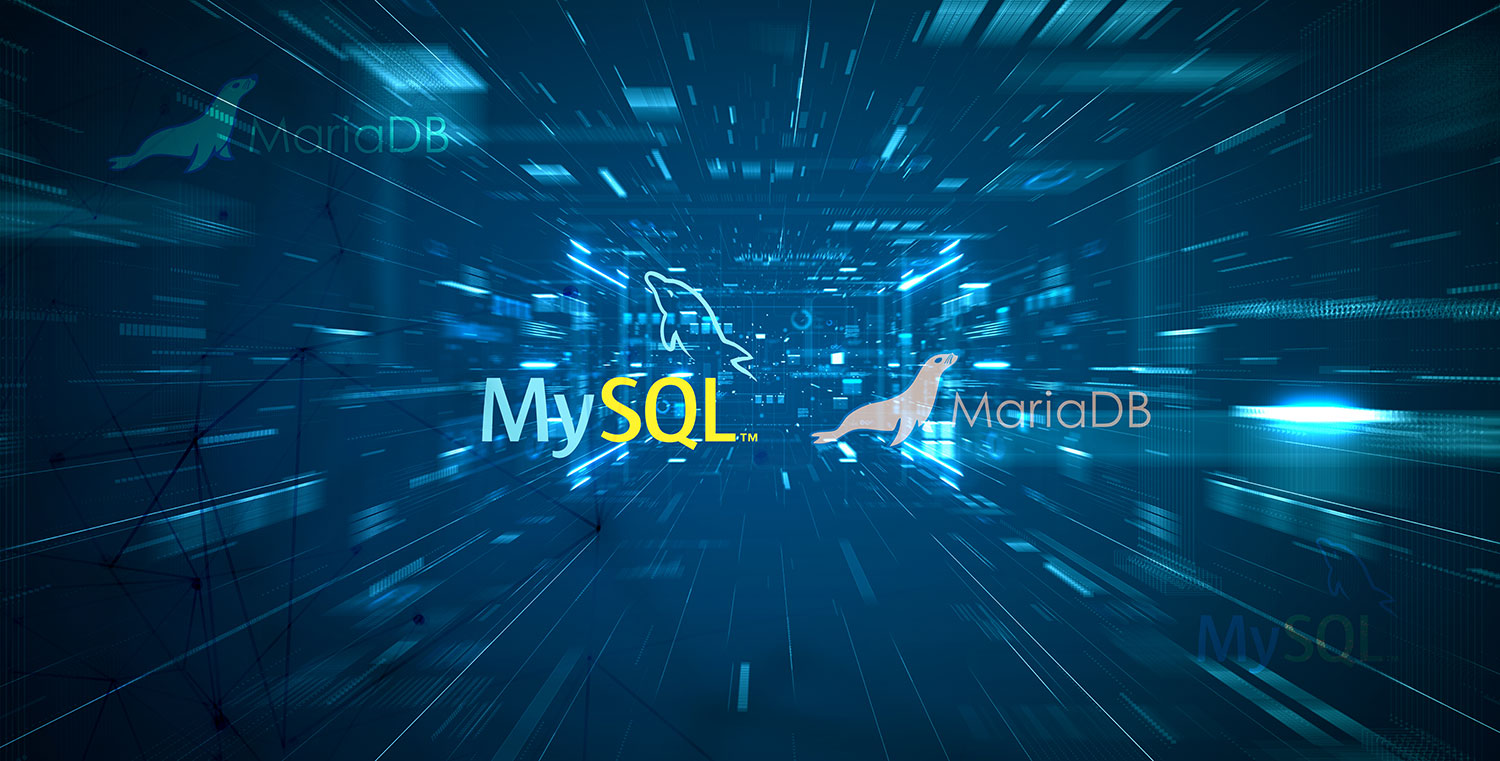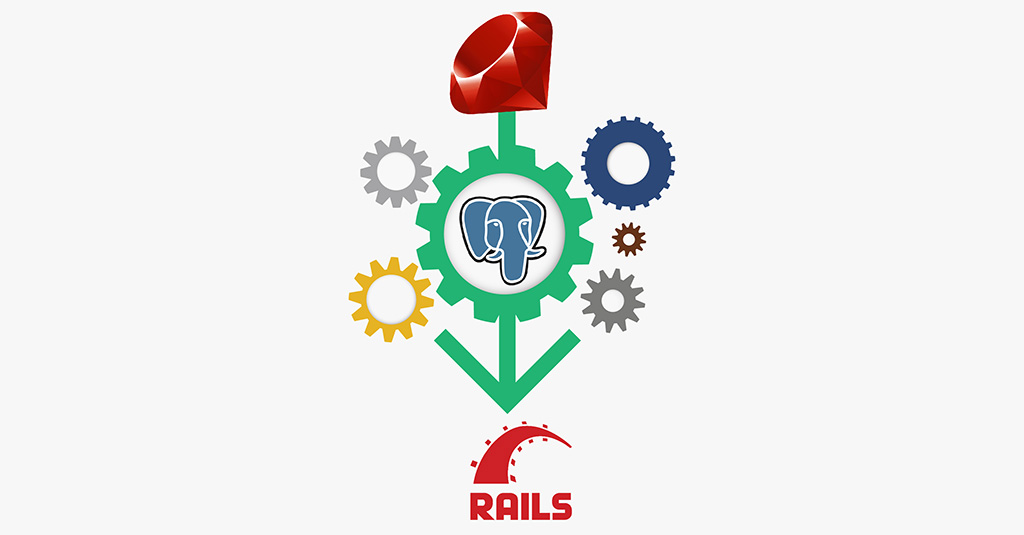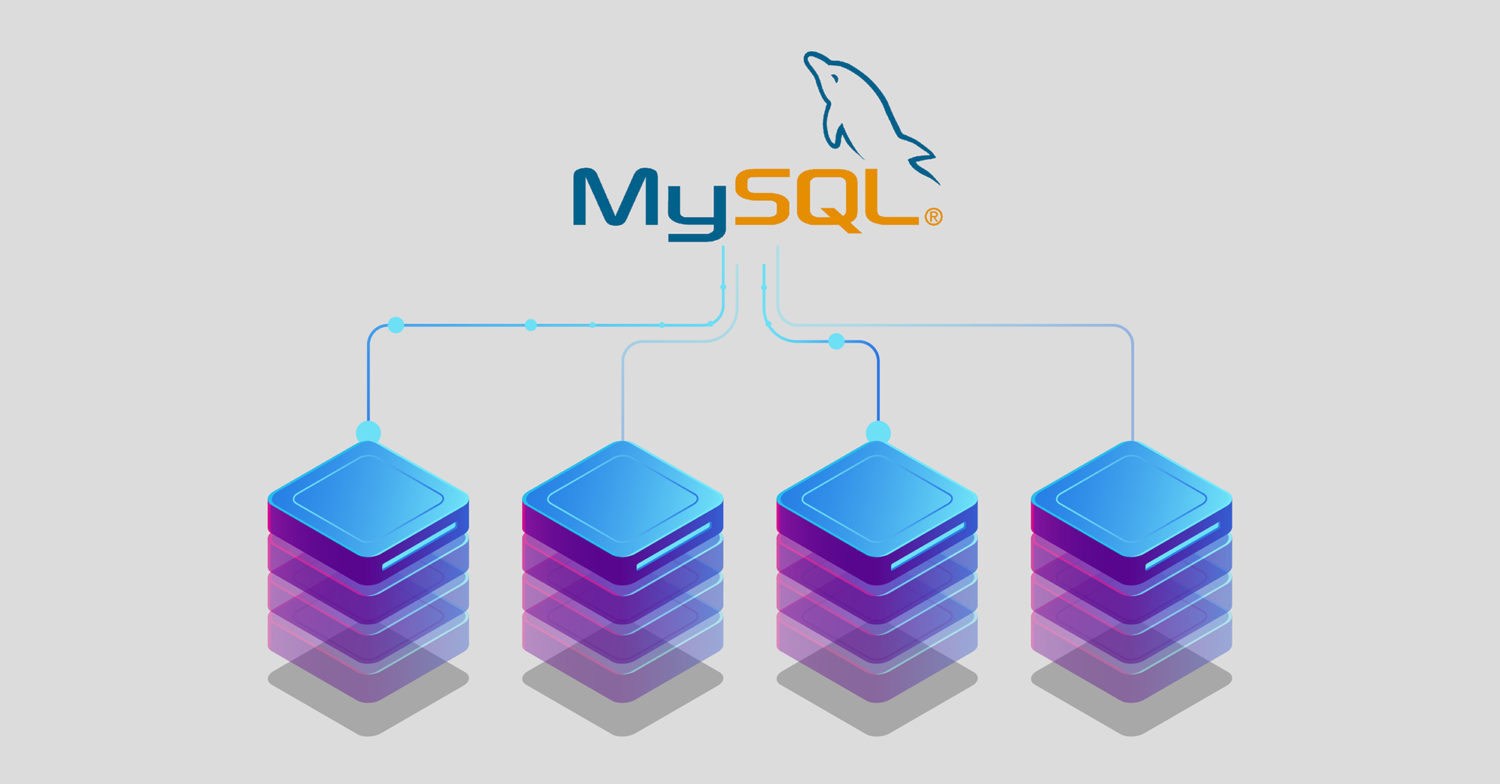Introduction Drupal is one of the most preferred Content Management Systems(CMS) for running blogs and managing enterprise content. Developers and businesses prefer it because of its robustness and usability. It is very customizable and it can be extended to implement a wide variety of use cases. In this tutorial, we will demonstrate how to install Drupal on Ubuntu 20.04 with …
Using MariaDB-as-a-Service on the CloudSigma PaaS Platform
MariaDB has been a prominent name in the world of hosting for a long time now. CloudSigma PaaS combines the best practices of MariaDB hosting and analysis on our platform in the form of CloudSigma MariaDB-as-a-Service. This service is designed to automate the technical aspect of the process and allow you to use a ready-to-work solution at a moment’s notice. …
A Tutorial on Working with JSON.parse() and JSON.stringify()
JSON stands for JavaScript Object Notation. It is used to describe JavaScript objects. It is a data-sharing format that specifies data values using key-value pairs. The JSON object is supported across all major browsers. This tutorial requires that you are familiar with JavaScript and working with the JSON object. To get familiar with JSON, you can take a look at …
Overview of DNS Terminologies, Components, and Concepts
DNS (Domain Name System) is one of the crucial components driving the internet. Having a proper understanding of how DNS works can help diagnose problems with website configuration and broaden your understanding of what’s going on behind the scenes. In this guide, we’ll talk about some fundamental concepts of DNS to provide you with a solid ground while working with …
Using MySQL with Ruby on Rails App on Ubuntu 21.04
Ruby is a powerful programming language. It’s an interpreted, high-level, and general-purpose language that incorporates multiple programming paradigms. Yukihiro Matsumoto, the creator of Ruby, blended various parts of his favorite programming languages like Perl, Ada, Lisp, Eiffel, Smalltalk, etc., and created Ruby. In his own words, he intended to make Ruby “more natural, not simple”. Much of the popularity of …
Setting Up WordPress With MySQL On Kubernetes With Helm
Kubernetes is now the standard way to deploy applications that are scalable and have high availability. Kubernetes allows developers to quickly bring up and down instances as needed to ensure smooth delivery of content. To learn more about Kubernetes, follow our detailed guide Getting to Know Kubernetes. Helm is a very popular package manager that is used to install applications …
Creating a Django App with Database Connection: A Tutorial
Django is a free and open-source web framework built in Python. First published in 2005, Django incorporates the motto of “rapid development and clean, pragmatic design.” The framework, deployed on a web server, can quickly produce a web front-end with rich features, security, and scalability. Any web app relies on databases for its content. Django, being a modern framework, supports …
Connecting PostgreSQL with Node.js Applications: A Tutorial
When it comes to database management, PostgreSQL is one of the most popular open-source programs used all across the board. The CloudSigma PaaS allows you to install either a standalone or clustered PostgreSQL database for your application. Furthermore, CloudSigma PaaS makes connection configuration and scaling an absolute breeze. So how can you go about connecting your Node.js application to a …
Mail Server Configuration Tutorial: How to Use Postfix, Dovecot, MySQL, and SpamAssassin
Introduction On Ubuntu 20.04, you can use tools like Postfix, Dovecot, MySQL, and SpamAssassin to configure a mail server. The process can be confusing for someone attempting it for the first time. This tutorial aims to simplify the mail server configuration process for you with detailed steps. At the end of this tutorial, you will know how to add virtual …
Improving Database Availability and Performance: MariaDB/MySQL Auto-Clustering with Load Balancing and Replication
High data availability and consistently good performance are a necessity for modern applications. Database clusterization makes this a possibility. Clusterization is, however, a complex process that requires a lot of experience and expertise. To simplify the task and make it achievable, CloudSigma PaaS allows its users to access auto-clustering for MariaDB/MySQL. In this guide, we will discuss why database clusterization …
Setting up Ruby on Rails with PostgreSQL
Among all the available database engines, PostgreSQL is one of the most popular ones. It’s a well-known open-source database system known for its reliability, robust features, and performance. Because PostgreSQL is a popular choice, it’s supported by almost all major web frameworks. Similar to its competitors MySQL and SQLite, PostgreSQL also has its strong and weak points. Ruby on Rails …
Setting up Replication in MySQL on Ubuntu
MySQL replication is an interesting feature that allows users to manage multiple copies of one or more MySQL databases. The data is copied automatically from source to replica databases. It can be useful in numerous situations, such as working with the data without compromising the main database, data backup, or scaling the database access, etc. In this guide, we will …


